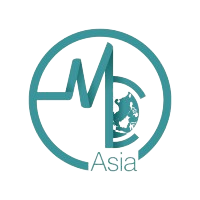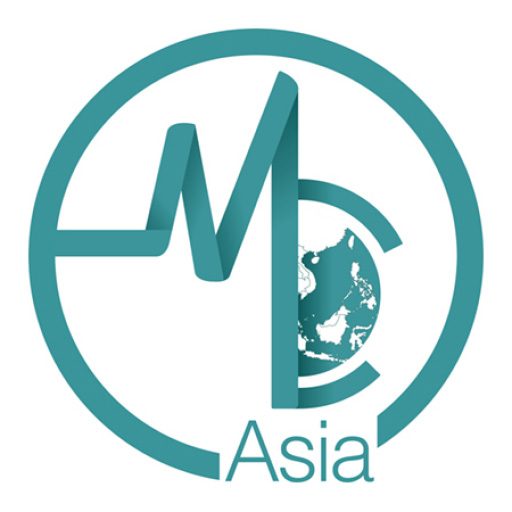Introduction
This article is written as a basic introduction to programming for powerlifting. There are many resources out there by more qualified professionals who can explain programming accurately with scientific backing. Our article does not seek to replicate such affect, but to paint the core concepts of programming for the layman. Strange analogies will be used to depict the what and how of the mystic art of programming, and as such, some nuance and detail might be lacking as a compromise. If you do not find this informative, we hope that you might at least find this amusing to read.
In Part 1 of the article, we have established the what through way-finding. Let’s take an abrupt turn and explore the how using the analogy of essay writing, in Part 2 of this 2-part series on programming.
PSA: Medical Channel Asia (MCA) is now on Telegram! Join us here https://t.me/MedicalChannelAsia for daily reads and the latest updates at your fingertips!
Writing An Essay – The Big Picture
In school, essay writing is the mystical beast that everyone has to tame. Here, it is our analogy for programming. An essay consists of an introduction, several points and a conclusion, all serving to tackle a topical question, such as:
Does school adequately prepare you for life?
The same idea is applied to programming. Your topic is always on powerlifting, so maybe your questions would look more like this:
Do muscles adequately prepare you for life.. I mean, powerlifting?
| Essay | Programme |
|---|---|
| Introduction – Yes, school is 10/10 sufficient | Intro Week – Yes, muscle is life |
| Point 1 – Agree | Week 1 – Muscles |
| Point 2 – Agree | Week 2 – Muscles |
| Point 3 – Agree | Week 3 – Muscles |
| Conclusion – wow much agree | Maxout – wow much muscle gainz |
“Your essay is too one-sided”, your Sec 2 English teacher screamed. Your thighs are big like Zangief’s, but your squat technique is crap and your reps are inconsistent. After reviewing, you decide to include more points that give a more balanced and complete answer. You stick in a short section to pivot and differentiate the stances. There is now more space and flow to your writing. Your training is now periodised to include various forms of stimulus for more holistic growth. The next edition looks something like this:
| Essay | Programme |
|---|---|
| Introduction – School helps and family helps too | Introduction – Muscles help and technique helps too |
| Point 1 – School helps | 1 – Muscles |
| Point 2 – School helps | 2 – Muscles |
| Point 3 – School helps | 3 – Muscles |
| Point 4 – School helps | 4 – Muscles |
| However, school cannot completely fulfill all the needs of a growing individual, so family as an institution is required to… | Pivot/Deload |
| Point 1 – Family helps | 1 – Technique |
| Point 2 – Family helps | 2 – Technique |
| Point 3 – Family helps | 3 – Technique |
| Conclusion – wow much prepared for life | Maxout – wow much gainz |
Writing lives and dies on their hypotheses, so they should be clearly fleshed out in the beginning. The more sculpted the question, the more focused the hypothesis will be. In powerlifting, the questions tend to be broad and vague like this:
How do I get a bigger bench?
The programme then becomes cluttered with trendy exercises and RPE 10 intensities. Another approach would be to list out all the information and assumptions present and see what you can do thereon.
How do I get a bigger bench? I have 9 weeks, my sticking point is an inch off the bottom, my chest is tiny and my right shoulder hurts when I get too sore.
Start at the end and work backward. At the end of 9 weeks we know there will be a maxout. What comes shortly before a maxout should be specific to the task. Sprinkle in some heavy singles, doubles or triples in your competition movements and equipment. In school, this would be the assessments, tests and dreaded preliminary exams leading up to the final exam. They acclimatize you to the stress of performing the specific task required.
Work on your weaknesses. Your sticking point is at the bottom, and that you have a small chest. Match a solution to an issue, and stick with it until you improve. You have determined that big pecs equals big paychecks, so you devote yourself to the paragons of pectoral perfection in pursuit of pressing power. Some possible solutions can be long paused bench pressing, Spoto pressing and tempo pressing for the first issue. Dumbbell bench pressing, feetup bench pressing and adequate volume could fix the second issue. In school, you could be having issues generating points, so practise sketching them out like a mindmap. Read other people’s works specifically for their points. Overcoming your weakness empowers you when it is no longer one.
Differentiate your blocks based on intended outcomes. A block should have one hypothesis which drives subsequent decisions. Why do singles in the muscle massing block when it’s planned in the next block? Will they help you get to the intended outcome? Don’t put the conclusion in the middle of the essay, and don’t go off-tangent with your examples. Otherwise, your writing will get confused and your intended point will disappear.
Punctuation is key. Writing a block of training is like writing a sentence or paragraph. End it when it needs to and move on. You know to end it when it starts getting unwieldy and you only have 2 paragraphs in your entire essay like the time your friend asked you to read their work and your eyes start to water before you reach the end of one sentence in the introduction and you realize the first sentence is also the first paragraph. Don’t be that guy. The same happens when your right shoulder starts getting irritated. Don’t be afraid to pivot early if you need to.
There are many ways you can manipulate the 9 weeks. In terms of muscle-pivot-technique blocks, here are some different permutations:
| Muscle | Pivot/Deload | Technique | |
|---|---|---|---|
| Weeks | 4 | 1 | 4 |
| 3 | 1 | 5 | |
| 4 | 2 | 3 | |
| 2 | 1 | 6 |
BAM. That’s it. There are many styles, formats, stances, points, etc which shape each individual essay and programme. Your skill will improve with each piece of writing and review, and your perspectives and arguments will grow with every new exposure to other writing. The literature available informs you of best practices and evidence, and over time you sieve out what works what doesn’t.
You have reached the end of the what and how of programming using absolutely unnecessary and absurd analogies. Ultimately, this article hopes to offer some clarity and perspective: programming is to get you somewhere in one piece. Now, go explain it to Mum.
Further questions? Feel free to contact us at [email protected].
This article and commentary first appeared on ENSO Powerlifting, on June 8, 2020.











